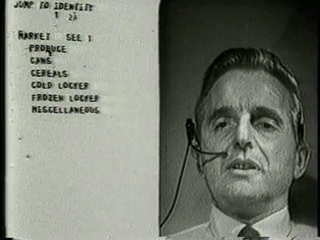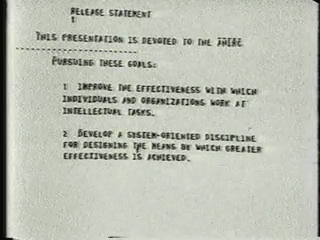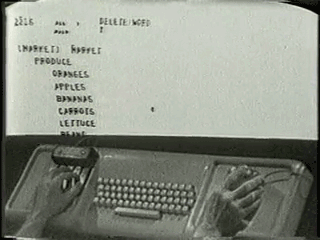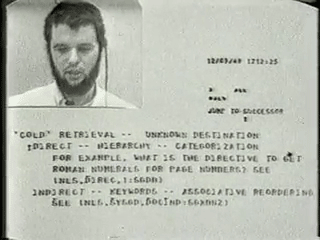Image used under Fair Use from EA
By integrating choice and multiple user-controlled view-points into the game, Dead Space 2 provides a refreshing alternative to traditional video game cutscenes.
In the extraordinarily crowded field of video games, many seek attention through cutscenes of increasing complexity or realism. I found it somewhat ironic then that Dead Space’s particular unique treatment of cutscenes was mostly ignored.
Despite increasing complexity, user interactions with cutscenes, excluding quicktime events since there are whole games based around just that mechanic, have been pretty limited. You have two choices with a rare third. Choice 1: Skip. Choice 2: Watch. Then some games, oddly, allow you to fast-forward through them.
As a result, video game players and participants in video media in general tend to present two types of video. You can skip this or you are not allowed to skip this. Video games, television, web videos, heck, video advertising in general all subscribe to this binary choice.
The problem is perspective. For almost all video engagements, only one point of perspective is presented and one line of narrative. Participants are only presented with the whole of the screen and its single focus. Despite our allegiance to single viewpoint video the technology (starting with …





